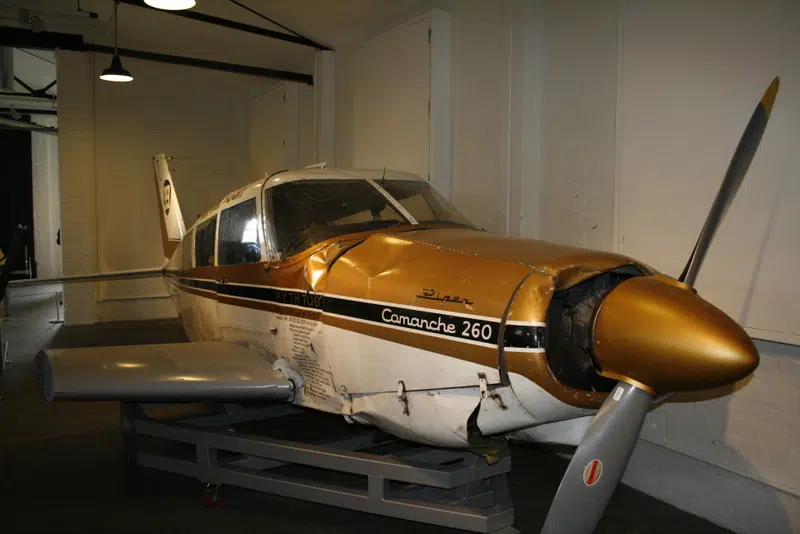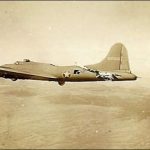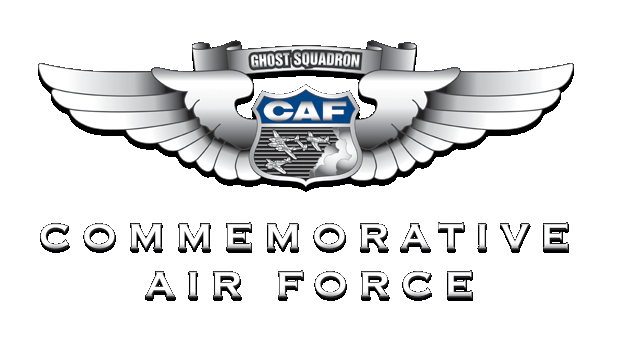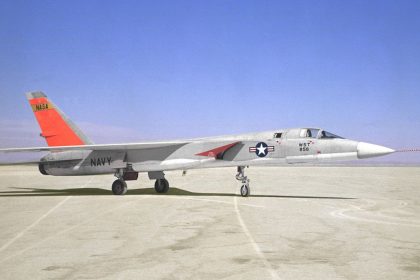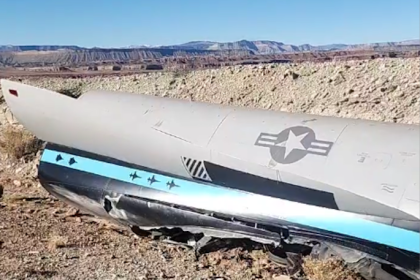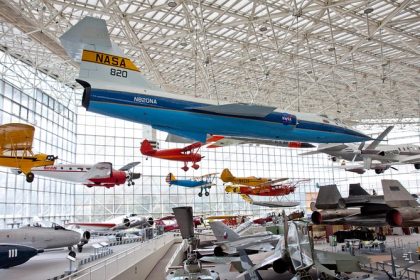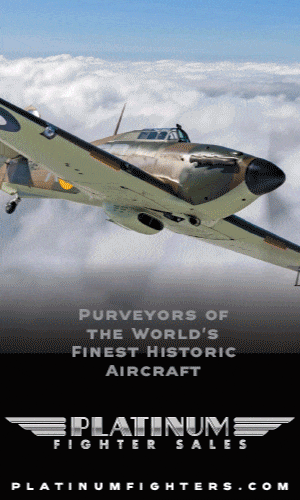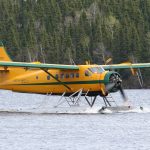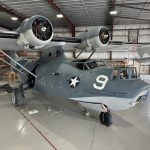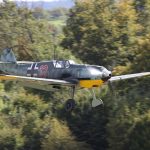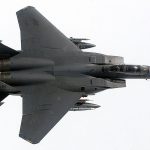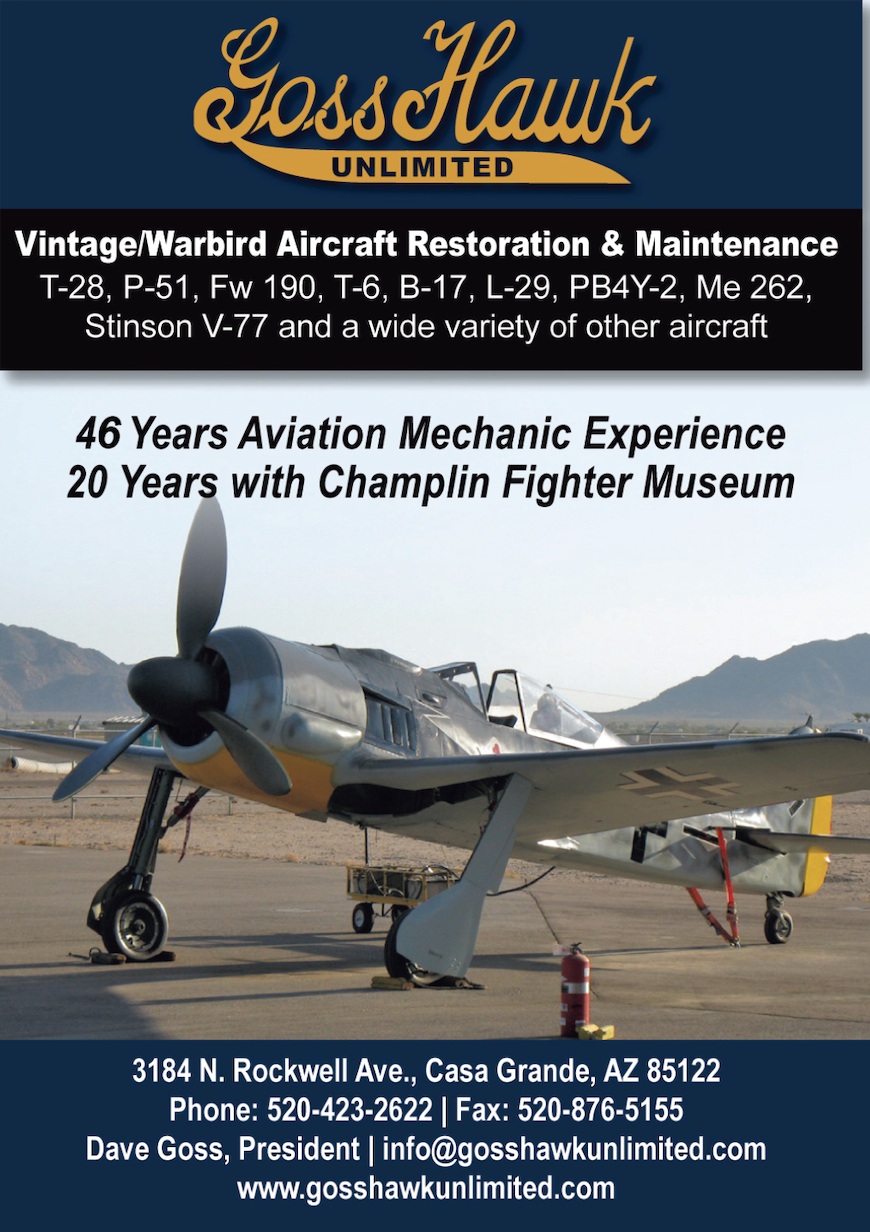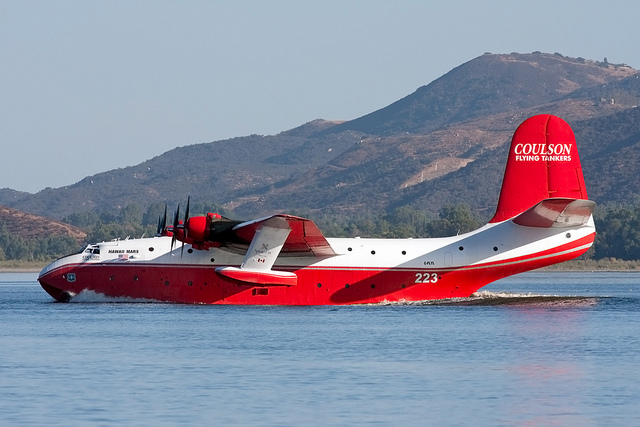
On this day in aviation history, 59 years ago (June 20, 1966), Sheila Scott became the first British pilot to fly solo around the world. She was the third woman ever to accomplish this feat. Scott departed from Heathrow Airport in London on May 18, 1966, flying a Piper PA-24-260 Comanche B registered as G-ATOY, affectionately named Myth Too.
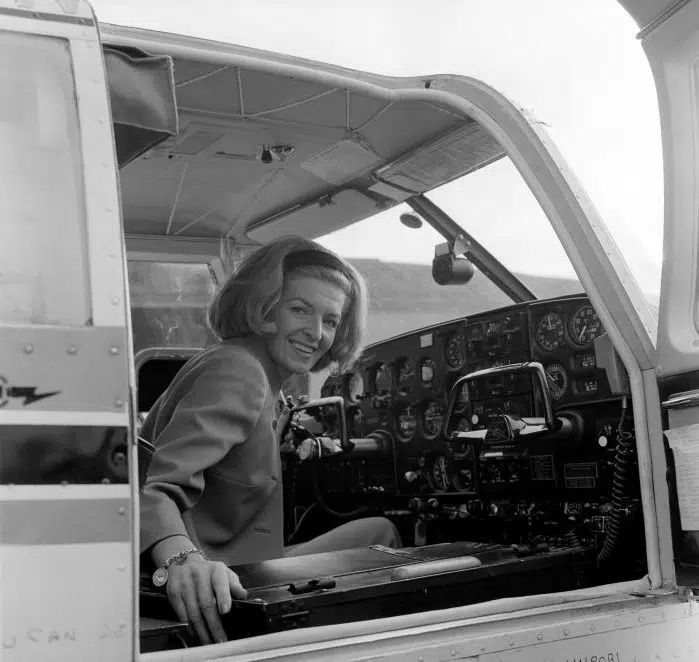
Before becoming a pilot, Sheila Scott served as a nurse at Haslar Naval Hospital during World War II and pursued a career in acting, appearing in plays, television, and films. Her passion for aviation took hold in 1959 when she began flight training, eventually earning her commercial single- and multi-engine licenses. She also competed in numerous air races and later authored two books: I Must Fly and On Top of the World: Adventures of a Woman Pilot (published in the U.S. as Barefoot With Wings).
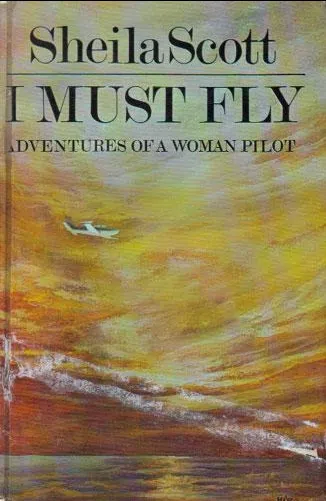
Scott’s groundbreaking journey spanned 33 days and included 33 stops across the globe, with landings in countries such as Italy, Greece, Pakistan, India, Australia, Samoa, the United States, Canada, and Portugal. She flew approximately 28,658 miles and logged more than 189 hours in the air. Along the way, she set ten Fédération Aéronautique Internationale (FAI) records for “Speed Over a Recognized Course,” including London to Rome (160.40 mph) and Lisbon to London (151.61 mph).
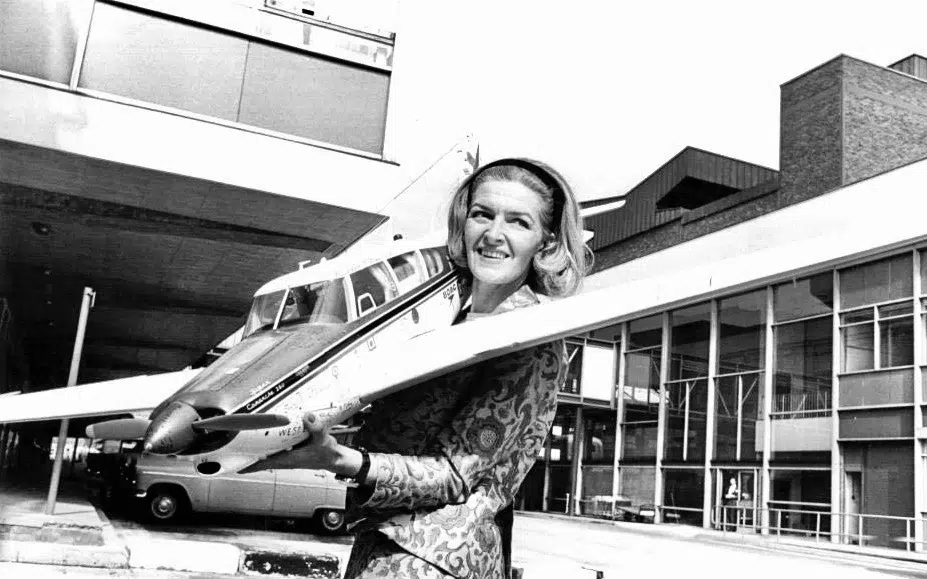
Her achievements earned her numerous honors, including the Silver Medal of the Guild of Pilots, the Britannia Trophy from the Royal Aero Club of the United Kingdom, the Harmon International Trophy, and the Brabazon of Tara Award. Scott would go on to complete two additional solo circumnavigations—one again in Myth Too, and a final flight in a Piper Aztec named Mythre. Sheila Scott’s story is one of determination, courage, and trailblazing achievement. Her legacy stands as a powerful reminder that women and minority aviators have made significant contributions to aviation history, stories that deserve to be told and celebrated to inspire future generations of flyers.
